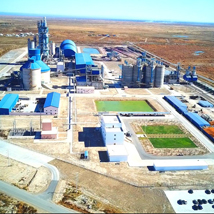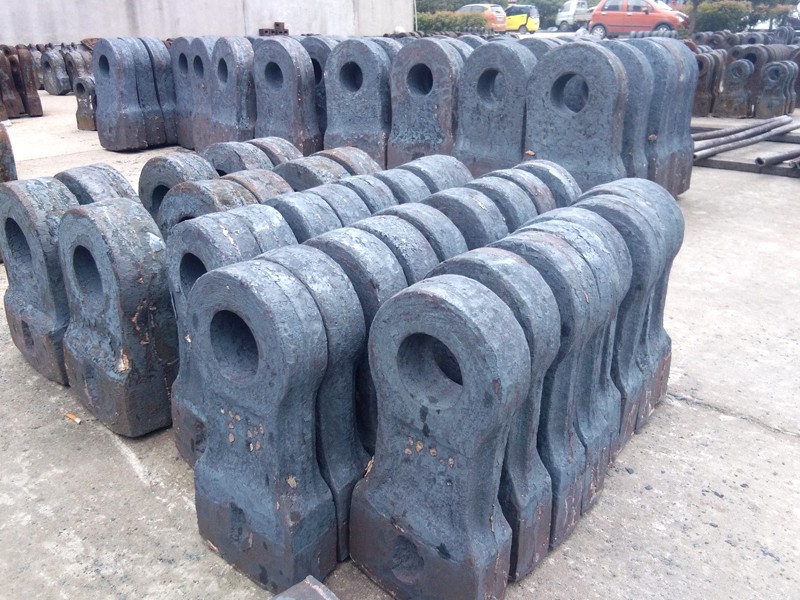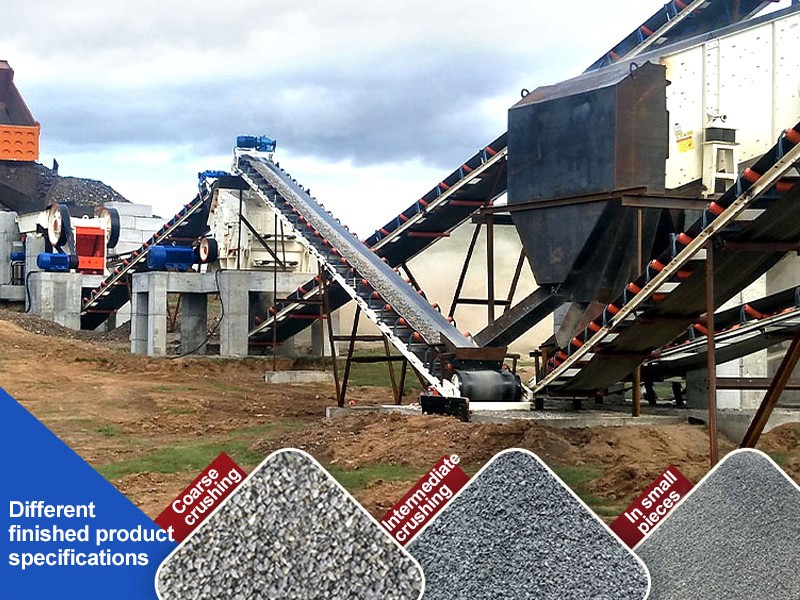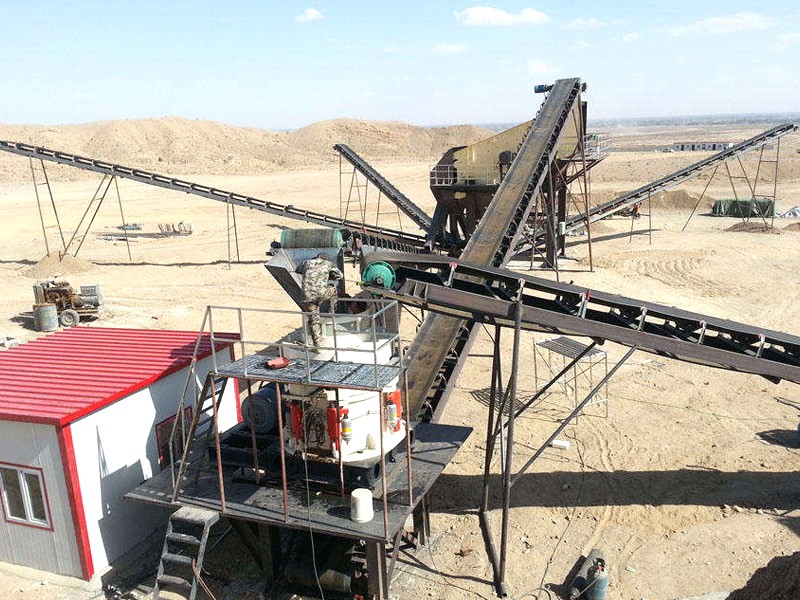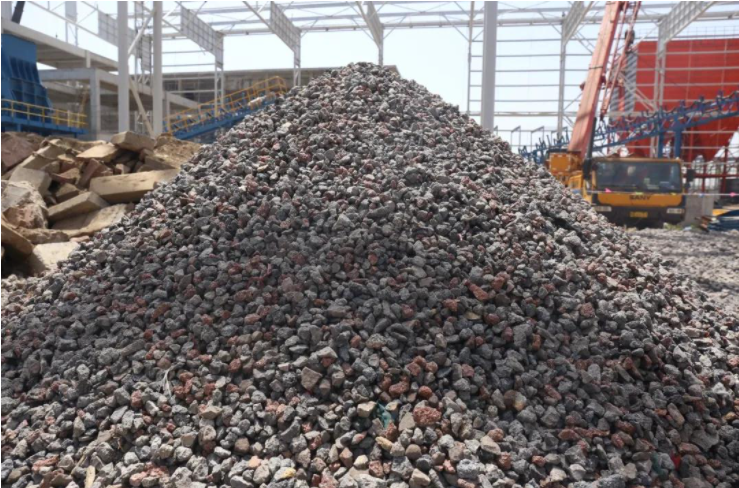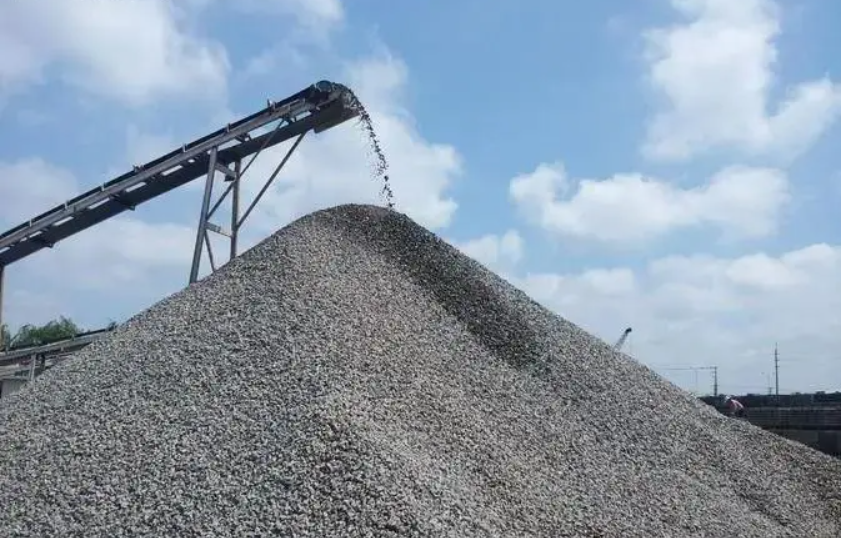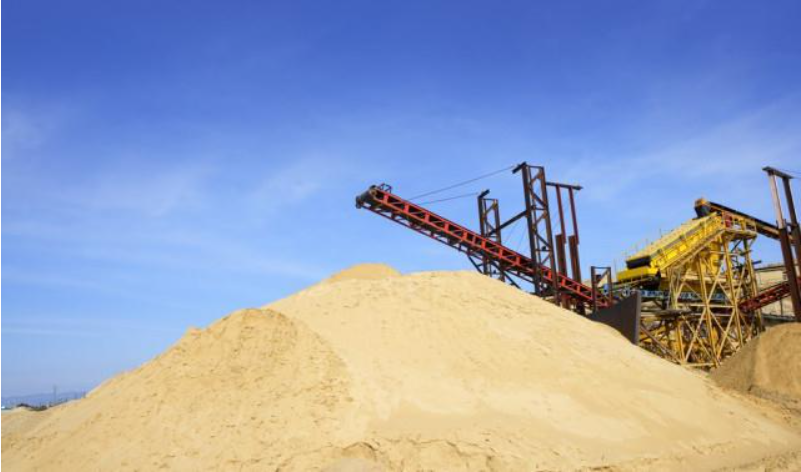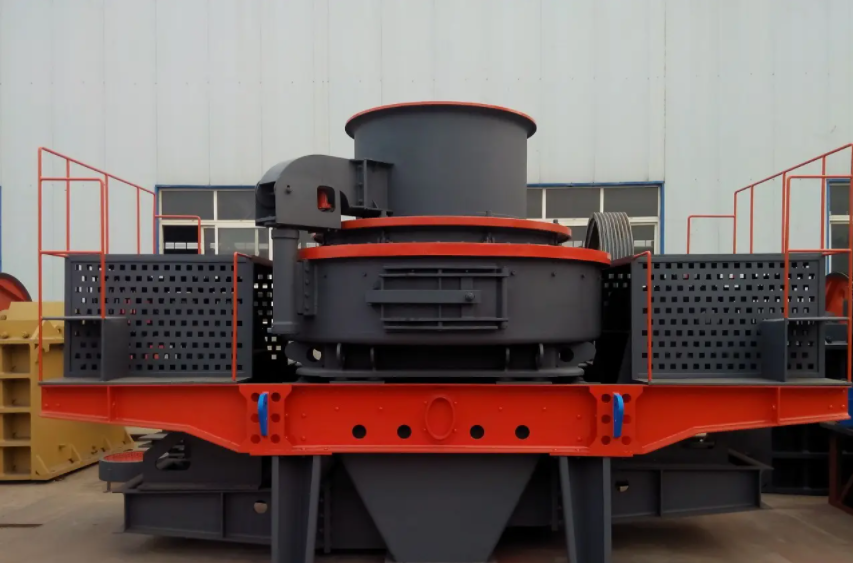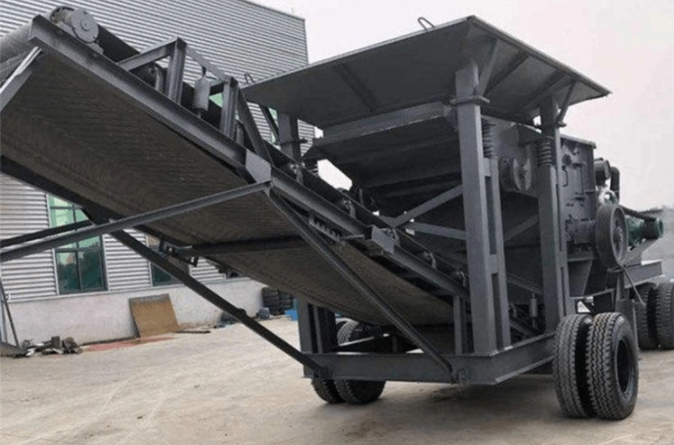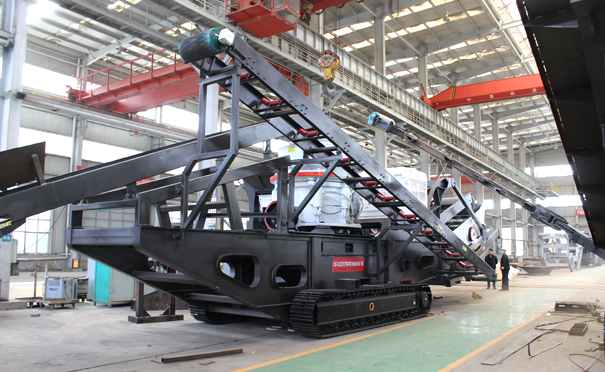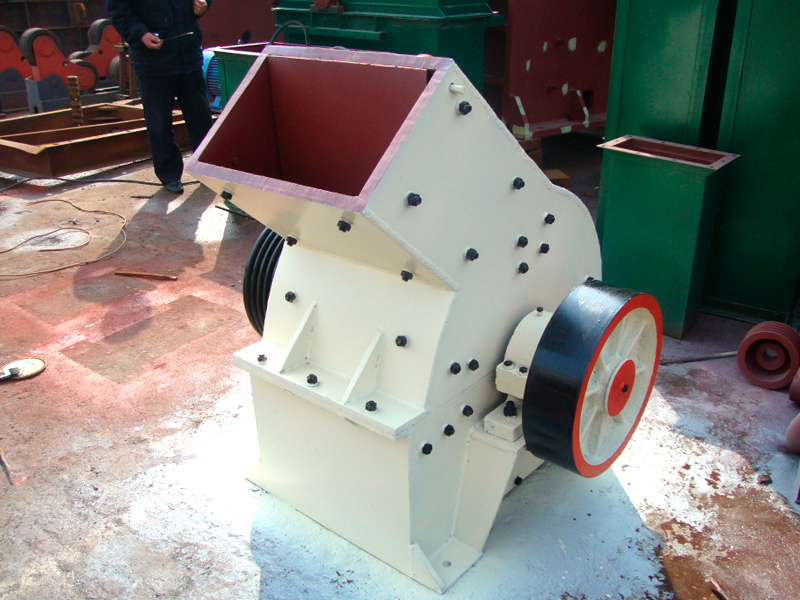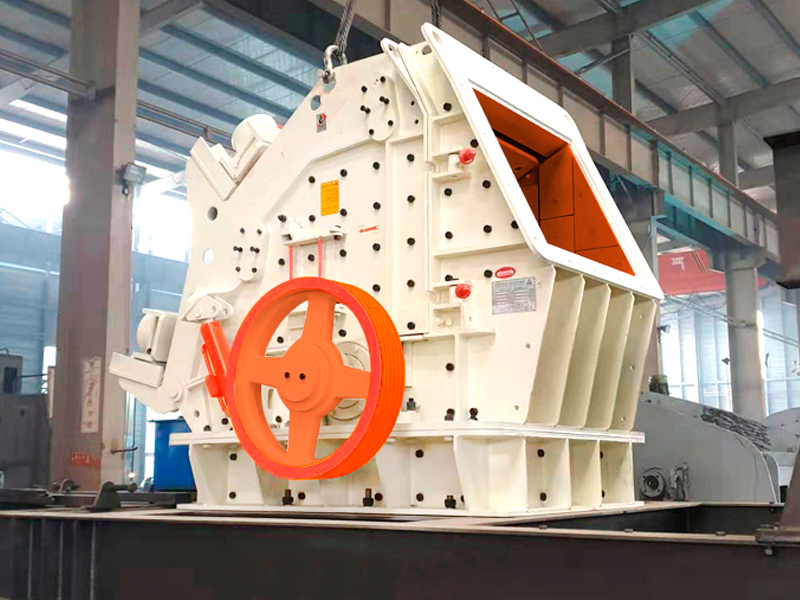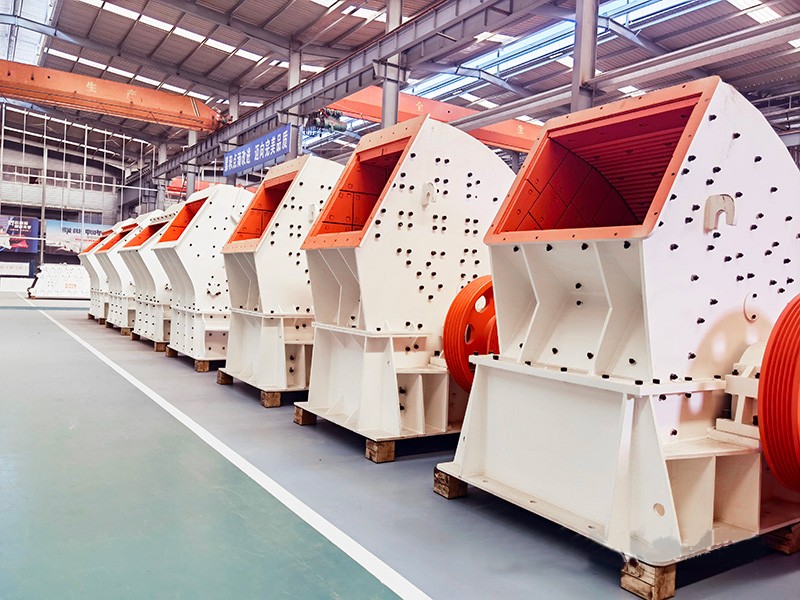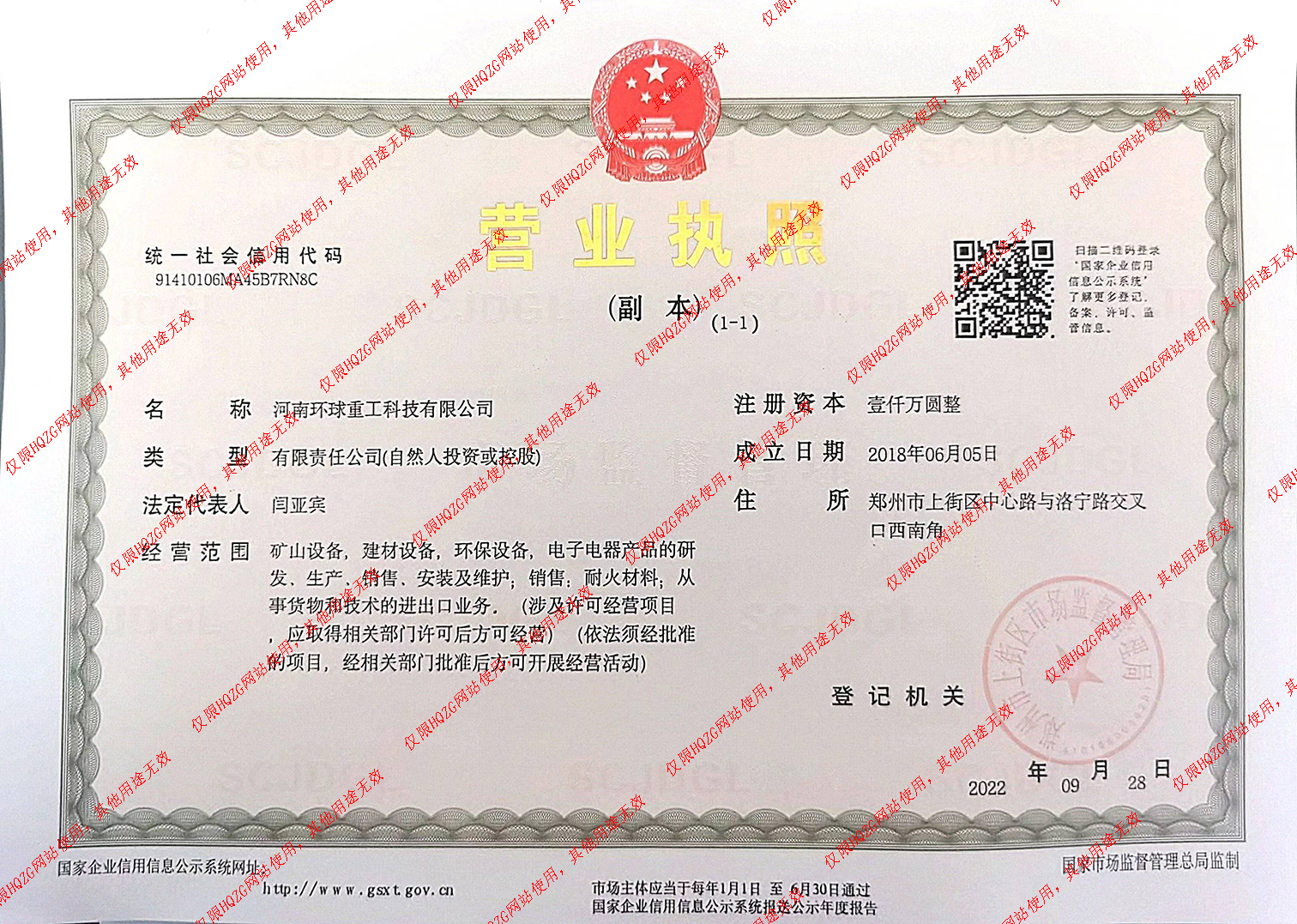Popular searched products:
Product Description
The alloy hammer head is made of wear-resistant alloy materials and is cast in one go. It is matched with a variety of alloys and is equipped with precious metal elements such as molybdenum, vanadium, nickel, niobium, tungsten, titanium, and rare earths. After quenching liquid water toughening treatment, the hardness can reach 62HRC -65HRC, longer service life than forged hammer heads or high manganese steel hammer heads! Compared with high manganese steel hammer heads, it has the characteristics of high hardness, high wear resistance and fine discharge. The high hardness martensite matrix in the high chromium cast iron hammer head strongly supports carbide particles and avoids carbonization during work. The material falls off from the wear surface, ensuring the high wear resistance of the material. High chromium alloy hammers are used in building materials industries such as brick factories, stone factories, cement factories, etc. They are widely used in the fine crushing of shale, coal gangue, river pebbles, quartz stone and other minerals.
Product Performance
- 1High hardness
The high manganese steel hammer head has high hardness, can resist high impact force and wear, and is not easy to deform or break.
- 2Strong wear resistance
The high manganese steel hammer head has excellent wear resistance and can maintain the shape and function of the hammer head over a long period of use.
- 3High strength
The high manganese steel hammer head has high strength, can withstand large impact forces, and is not easily deformed or damaged.
- 4Good corrosion resistance
The high manganese steel hammer head has good corrosion resistance and can be used for a long time in a humid environment without rusting or corrosion.
- 5Economical and Applicable
Compared with hammer heads made of other materials, high manganese steel hammer heads have lower cost and longer service life. It has a long lifespan and is an economical and practical choice.
Working Principle
The main working part of the hammer crusher is the rotor with a hammer (also called hammer head). The rotor consists of a main shaft, a disc, a pin and a hammer. The motor drives the rotor to rotate at high speed in the crushing chamber. The hammer head is the main wearable part, and the quality of the hammer head directly affects the crushing efficiency of the crusher. During the working period, the hammer head is not only hit but also impacted by materials. If it is used repeatedly for a long time, the working surface of the hammer head will be damaged and the surface shape will change. Most of the hammer heads of domestic hammer crushers are made of high manganese steel. The material is fed into the machine from the upper feeding port and is crushed by the blow, impact, shearing and grinding of the high-speed hammer. In the lower part of the rotor, there is a sieve plate. The particles smaller than the screen hole size in the crushed materials are discharged through the sieve plate. The coarse particles larger than the screen hole size are retained on the sieve plate and continue to be hit and ground by the hammer, and finally pass through the sieve plate. discharged from the machine.
Technical Parameters
| Model | Rotor diameter
Length (mm) | Feeding opening size width*length (mm) | Feeding particle size (mm) | Production capacity (t/h) | Motor power (kw) | Dimensions Length, width and height (mm) |
| PCZ1308-Ⅱ | 1310×790 | 850×800 | ≤600 | 100-160 | 132 | 2818×2100×2390 |
| PCZ1510-Ⅴ | 1500×950 | 1000×900 | ≤700 | 160-210 | 132×2 | 3260×2414×2750 |
| PCZ1512-Ⅴ | 1500×1160 | 1200×900 | ≤750 | 250-320 | 160×2 | 3260×2624×2750 |
| PCZ1615-Ⅵ | 1650×1452 | 1500×1200 | ≤1000 | 420-500 | 200×2 | 3456×2915×3185 |
| PCZ1620-Ⅱ | 1660×1900 | 2000×1200 | ≤1200 | 800-1000 | 400×2 | 3500×3100×3200 |
| PCZ1820 | 1800×1964 | 2000×1200 | ≤1200 | 1000-1200 | 450×2 | 3270×3210×3520 |
| PCZ2125 | 2100×2486 | 2600×1690 | ≤1600 | 2000-2500 | 1250 | 3728×4565×4667 |

